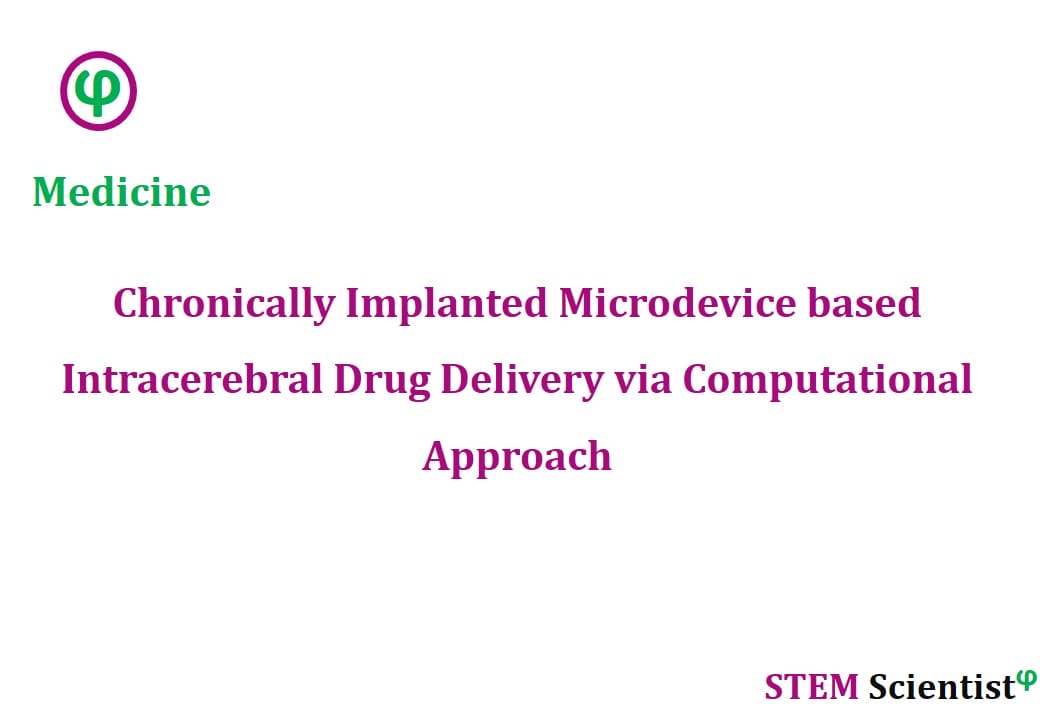
The following study was conducted by Scientists from Koch Institute for Integrative Cancer Research, Massachusetts Institute of Technology, Cambridge, USA; Harvard–MIT Health Sciences and Technology Division, Massachusetts Institute of Technology, Cambridge, USA; Department of Electrical Engineering and Computer Science, Massachusetts Institute of Technology, Cambridge, USA; Department of Chemical Engineering, Massachusetts Institute of Technology, Cambridge, USA; McGovern Institute for Brain Research and Department of Brain and Cognitive Sciences, Massachusetts Institute of Technology, Cambridge, USA; Department of Materials Science and Engineering, Massachusetts Institute of Technology, Cambridge, USA. Study is published in Cell Reports Journal – Cell Press Publishing as detailed below.
Cell Reports Journal – Cell Press Publishing (2020)
Computationally Guided Intracerebral Drug Delivery via Chronically Implanted Microdevices
Highlights
- Multi-bolus targeting can improve coverage of irregularly shaped brain structures
- Volume and position of each bolus can be computed for a given infusate and target
- Rational fluidic design enables instantaneous delivery of multiple boluses
- Chronic neural probes replicate computational coverage estimates with 5% error
Summary
Treatments for neurologic diseases are often limited in efficacy due to poor spatial and temporal control over their delivery. Intracerebral delivery partially overcomes this by directly infusing therapeutics to the brain. Brain structures, however, are nonuniform and irregularly shaped, precluding complete target coverage by a single bolus without significant off-target effects and possible toxicity. Nearly complete coverage is crucial for effective modulation of these structures. We present a framework with computational mapping algorithms for neural drug delivery (COMMAND) to guide multi-bolus targeting of brain structures that maximizes coverage and minimizes off-target leakage. Custom-fabricated chronic neural implants leverage rational fluidic design to achieve multi-bolus delivery in rodents through a single infusion of radioactive tracer (Cu-64). The resulting spatial distributions replicate computed spatial coverage with 5% error in vivo, as detected by positron emission tomography. COMMAND potentially enables accurate, efficacious targeting of discrete brain regions.
Source:
Cell Reports Journal – Cell Press Publishing
URL: https://www.cell.com/cell-reports/fulltext/S2211-1247(20)30714-2
Citation:
Ramadi, K. B., A. Bashyam, et al. (2020). “Computationally Guided Intracerebral Drug Delivery via Chronically Implanted Microdevices.” Cell Reports 31(10).


